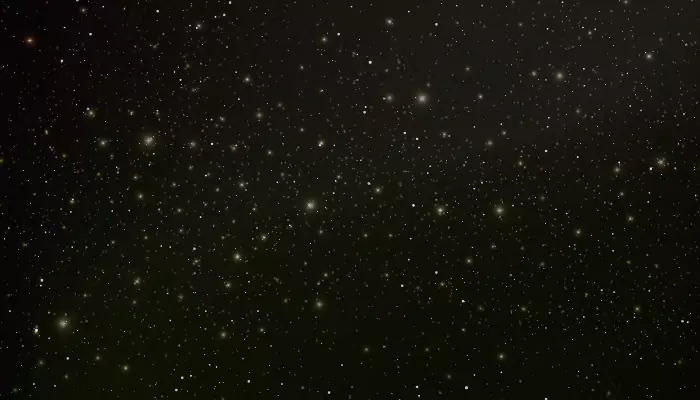Exploring Exoplanets: Candidates for Earth-Like Habitable Worlds
In this vast reaches of the cosmos, scientists embark on an exhilarating quest to unveil exoplanets that may hold the promise of supporting life. Beyond the confines of our solar system, these distant worlds beckon, providing a tantalizing glimpse into the prospect of discovering habitats akin to Earth.
- Orna Ghosh
- 16 March, 2025
- 2 mins ago

Exploring Exoplanets: Candidates for Earth-Like Habitable Worlds
In this vast reaches of the cosmos, scientists embark on an exhilarating quest to unveil exoplanets that may hold the promise of supporting life. Beyond the confines of our solar system, these distant worlds beckon, providing a tantalizing glimpse into the prospect of discovering habitats akin to Earth.
Join us on a cosmic odyssey as we explore the noteworthy contenders for potentially habitable exoplanets.
The Trappist-1 System: A Star Cluster of Promise.
Nestled in the Aquarius constellation, the Trappist-1 system has been in the astronomical spotlight. With its seven Earth-sized planets, this stellar neighbourhood presents an enticing prospect for extraterrestrial life. The habitable zone, often referred to as the "Goldilocks zone," is the region around a star where conditions are just right for liquid water to exist- a crucial ingredient for life as we know it. The Trappist-1 planets are intriguing due to their potential for surface water and the likelihood of sustaining life-friendly environments. Imagine a sunset on Trappist-1e, a planet similar in size to Earth, and the thrill of discovering life forms in its oceans. Scientists are closely studying the Trappist-1 system, eagerly awaiting technological advancements that could provide more detailed insights into these distant worlds.

Gliese 581g: The Goldilocks Planet.
Gliese 581g earned its nickname, the "Goldilocks Planet," due to its position in the habitable zone. This exoplanet, with a mass around three times that of Earth, might boast a diverse landscape with oceans, continents, and a temperate climate. Gliese 581g has tantalized astronomers with the possibility of hosting liquid water- a significant ingredient for life as we know it.
Proxima Centauri b: Our Nearest Habitable Neighbor.
Situated just over four light-years away, Proxima Centauri b orbits the red dwarf star Proxima Centauri, the closest star to our Sun. This exoplanet is located within the habitable zone, making it an exciting target in the search for potentially habitable worlds. Although Proxima Centauri is known for its stellar flares, which could pose challenges to habitability, researchers are optimistic about the conditions on Proxima Centauri b. The proximity of Proxima Centauri b offers a unique opportunity for future interstellar exploration. Scientists are actively developing advanced telescopes and space probes to learn more about this neighbouring exoplanet and assess its potential for hosting life beyond our solar system.
Kepler-442b: A Distant Earth Cousin.
Kepler-442b, located around 1,120 light-years away, is another captivating candidate in the quest for Earth-like exoplanets. This distant world, discovered by NASA's Kepler Space Telescope, orbits a star similar to our Sun and resides in the habitable zone. With a radius about one-third larger than Earth's- Kepler-442b holds promise as a potentially habitable exoplanet. The Kepler-442b discovery highlights the diversity of exoplanets and expands our understanding of the conditions that could support life. As astronomers continue to refine their techniques and technology, the search for distant cousins of Earth intensifies with the hope of discovering the secrets of habitability in the far reaches of the cosmos.
HD 40307g: A Super-Earth Oasis.
Venturing into the constellation Pegasus, we discover HD 40307g, a super-Earth with a mass about seven times that of our home planet. Despite its size, this exoplanet resides within the habitable zone of the star. Its potential for hosting a thick atmosphere and surface water adds to the intrigue of this distant super-Earth.
As technology advances, our ability to study these distant realms will grow, bringing us closer to answering the age-old question: Are we alone in the universe?







